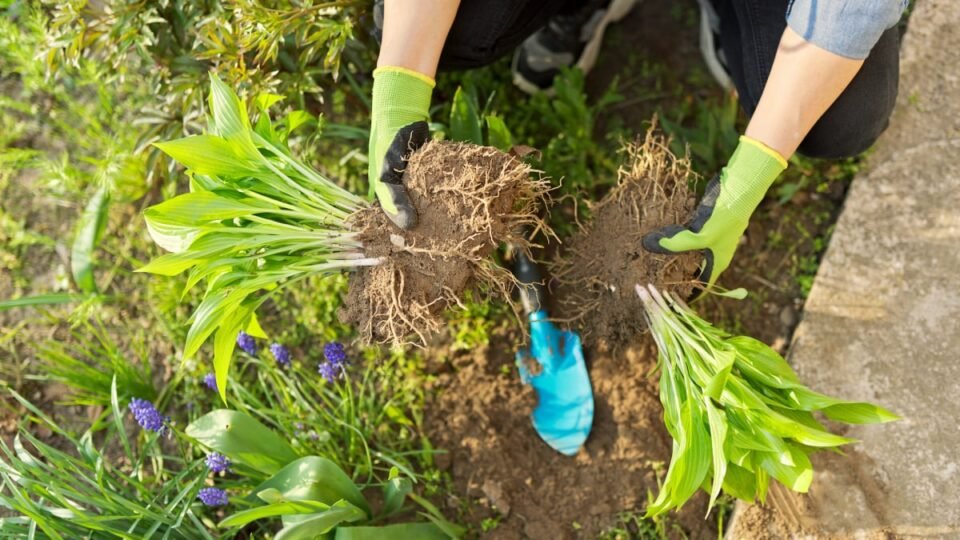The sun is back, and everywhere I look, people are outside in their yards. While yes, there’s a lot to do, the more important part is that in most parts of the country, weather shifts mean you actually want to be outside doing them. The cherry blossoms are raining down, tulips are popping, and the ground is warming up enough to start planting outside.
Take notes for next year
As soon as crocus and tulips start to fill the space with color, I will approach my yard from different directions and just observe where next year I might want to backfill with more color. I take pictures, I document it in my garden diary, because by the time bulb ordering comes around, I’ll have long forgotten and the garden will have shifted.
Weed and dress with compost
With the nighttime temperatures beginning to approach 50 degrees, it’s finally time to clean out your beds and get them ready for planting. This means doing a really thorough weeding, as best you can, and then top dressing with compost if needed. Clean away debris in the paths and beds, because that is just slug food and an invitation for disease and pests. Check in on your own compost bins; they could probably use a good turn.
Check in on your perennials
First, take an inventory of the perennials you have, and see if any need dividing. Plants grow into the space around them, but if they’ve run out of space, you can break them up, and either relocate these new plants or trade them for others. This is also how you’ll take inventory of what did not survive this year. With the weather becoming more extreme year to year, even perennials can succumb to weather events. This year, I lost 15-year-old artichokes, rhubarb and asparagus to a week-long ice storm. Which means it’s also time to shop. Hit the nurseries or local gardening groups to grab new perennials to plant, including those parts of your food forest.
Grab some early-flowering annuals
It’s still early for most varieties of flowers, but pansies love the cold. At this point, begin checking the nurseries for snapdragons, petunias and other early flowering plants. It’s a really good time to get your hanging baskets and window boxes filled, too, so they’ll be in full bloom come May. In fact, many groceries and nurseries will help you fill your planters if you bring them in; some even plan events around doing so.
Don’t forget edibles
Asparagus should begin to emerge about now, as will fiddleheads and ramps (which, as a reminder, you can grow at home). It’s also the time to plant asparagus, if you haven’t yet, and we’re at the tail end of potato planting, to get them in the ground. Your artichokes should be showing up, too; they’ll want a nitrogen-rich fertilizer. Look for your rhubarb to start peeking through. It’s safe to plant strawberries if the frost has passed, and you likely know someone who has extra.
You can continue to plant spring edibles like spinach, mustard, lettuce, radish, carrots and onions, but if you don’t get broccoli and cauliflower early in the month, you’ll miss your window. These are short crops, but you want them to finish and harvest before you need the room for summer crops like tomatoes.
Inspect your systems
It’s time to turn the irrigation and sprinkler systems back on for the year, so schedule any inspections like backflow testing. Once the water is on, test your controller and look for signs of any leaks in the lines. You can safely reconnect hoses, and put out manual timers if you use them. Be sure to give all your tools a good spray down with vinegar or bleach to sterilize them, and remember to keep a spray bottle with the same on hand as you move about the garden for your pruning shears. Spray them between plants so you are not transferring disease.

